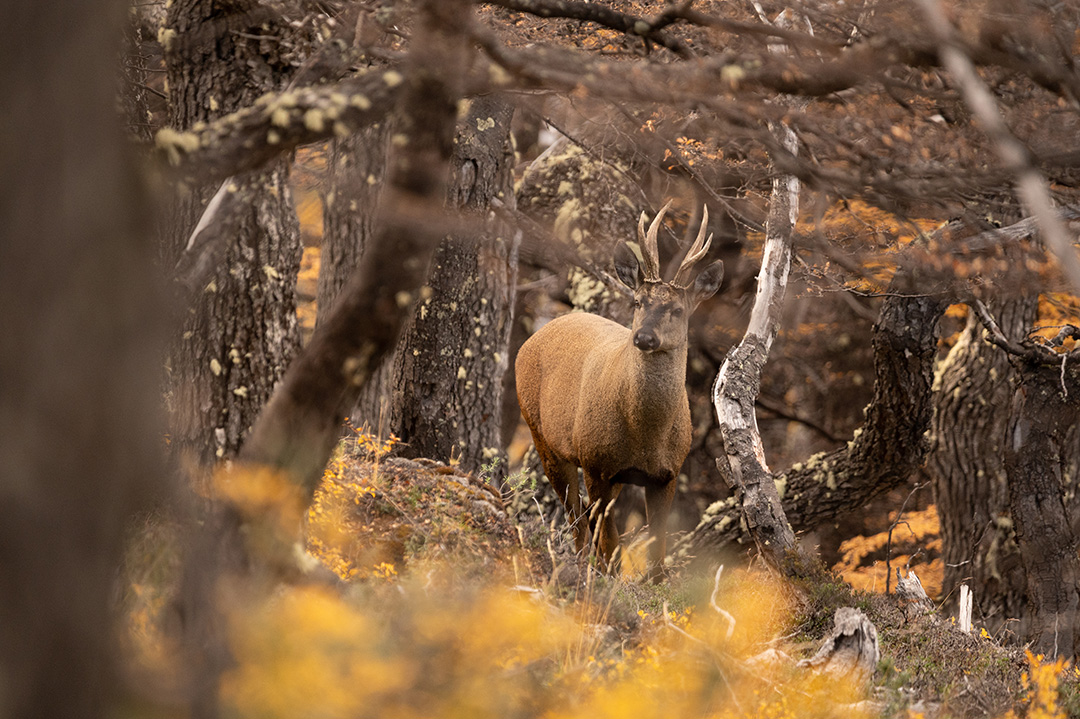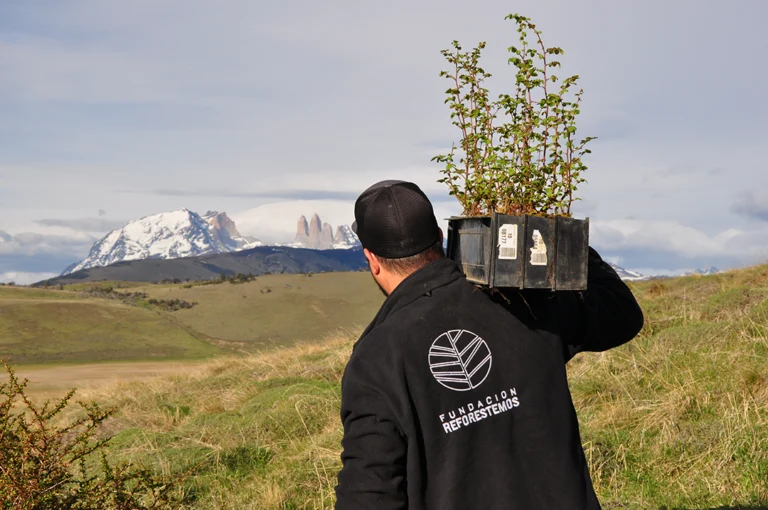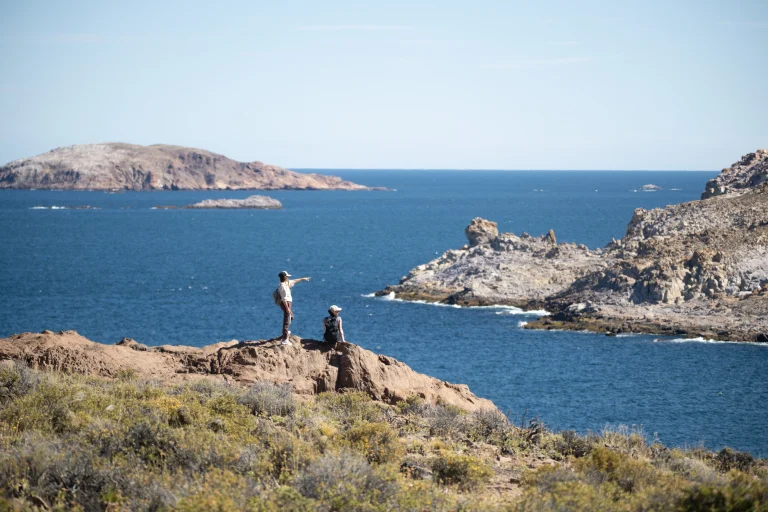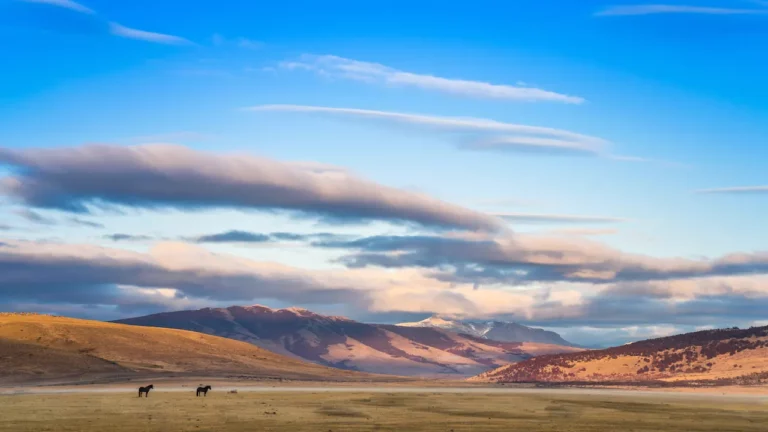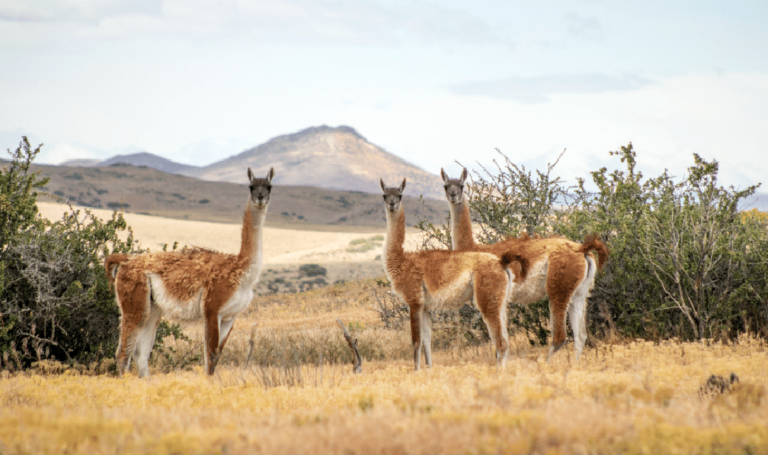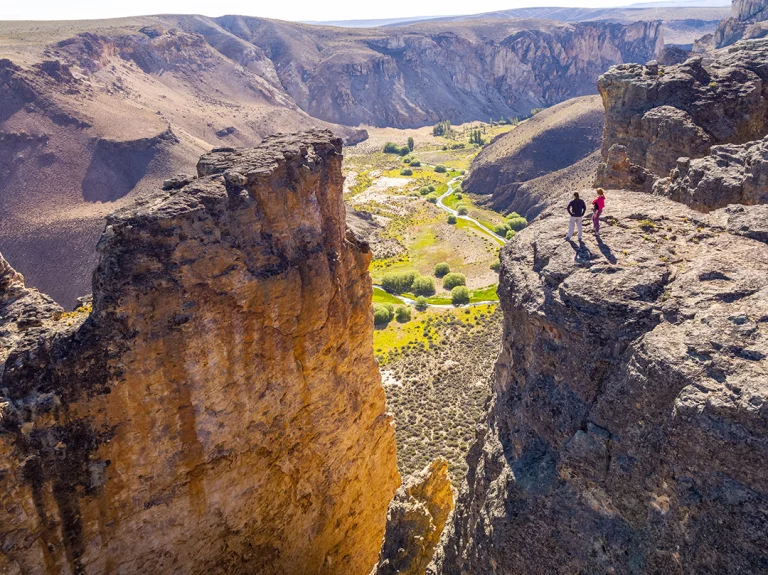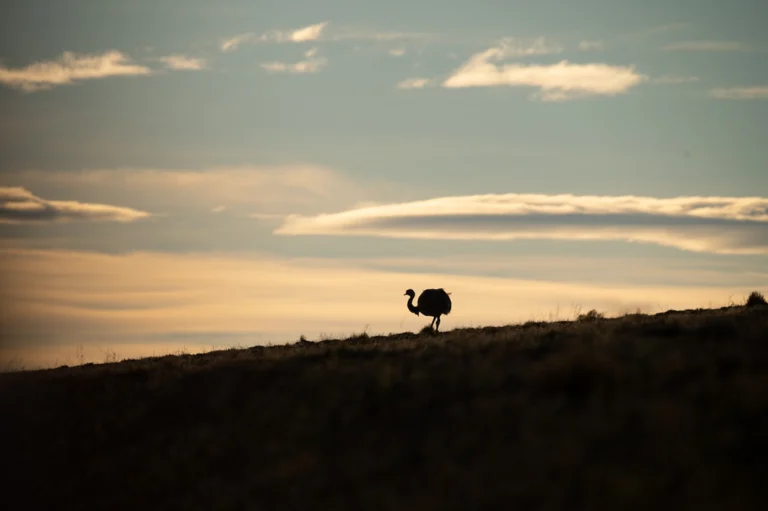The huemul is a Patagonian deer of which only about 1,500 specimens survive today in Argentina and Chile, making it the most threatened cervid in the Americas. A project in Santa Cruz Province and another in Huilo Huilo Biological Reserve in Chile offer innovative experiences to help conserve this iconic Patagonian species.
The huemul is a Patagonian deer that once thrived in this region. It was distributed from the south of Mendoza to the south of Santa Cruz, in both Andean forests and steppes, even reaching coastal areas in some places, as evidenced by historical records in Río Gallegos.
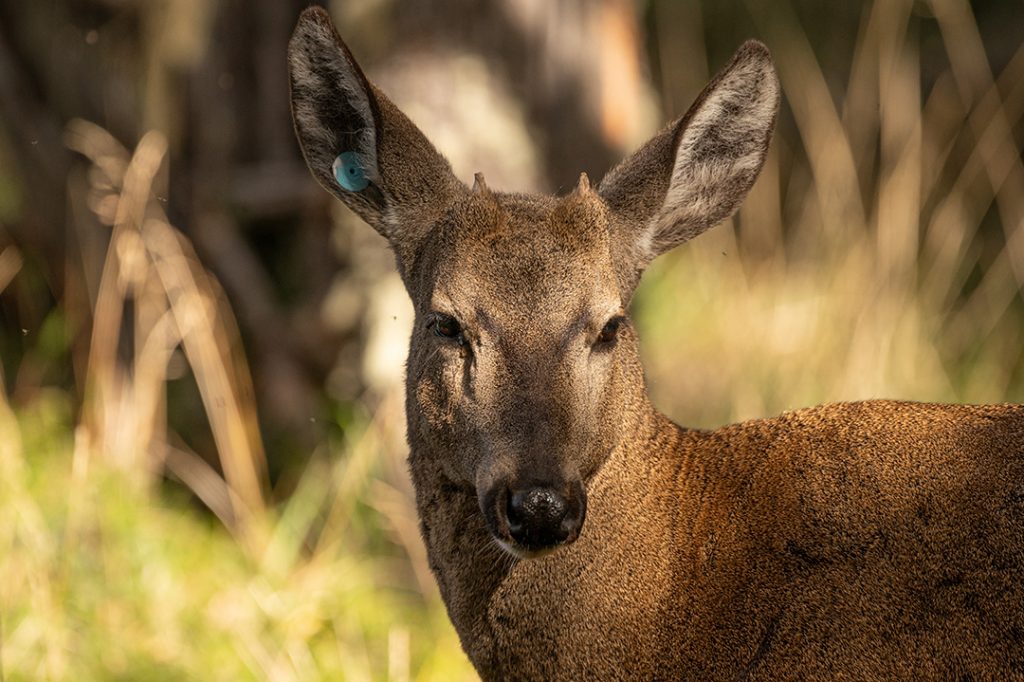
However, hunting for its meat—made easy by the huemul’s extreme docility—and, above all, livestock farming caused the species to suffer a numerical decline, with a consequent reduction in its range, over a century ago.
The Current Situation of the Huemul
Livestock compete with and displace the huemul from areas with good pastures and transmit numerous diseases. Indigenous communities in Santa Cruz already noted in the early 20th century that the huemul was declining in steppe regions, which were colonized earlier. Today, it is estimated that only about 1,500 adult huemuls survive in Argentina and Chile, with just 400 in Argentina. This number represents just 1% of the historical huemul population.
Despite conservation efforts, the species appears to continue declining. Huemuls have disappeared even from some national parks, such as Lanín or parts of Nahuel Huapi. They also seem to be declining in areas of Los Alerces. Around El Chaltén, in both Los Glaciares National Park and adjacent provincial and private reserves, an unprecedented study of the species has begun.
Santa Cruz Project to Protect the Huemul with Satellite Technology
The government of Santa Cruz Province, through the Chief of Ministers and the Provincial Agrarian Council, the National Parks Administration, the Rewilding Argentina Foundation, and the Los Huemules Natural Reserve, have launched a huemul research and conservation project in the aforementioned province.
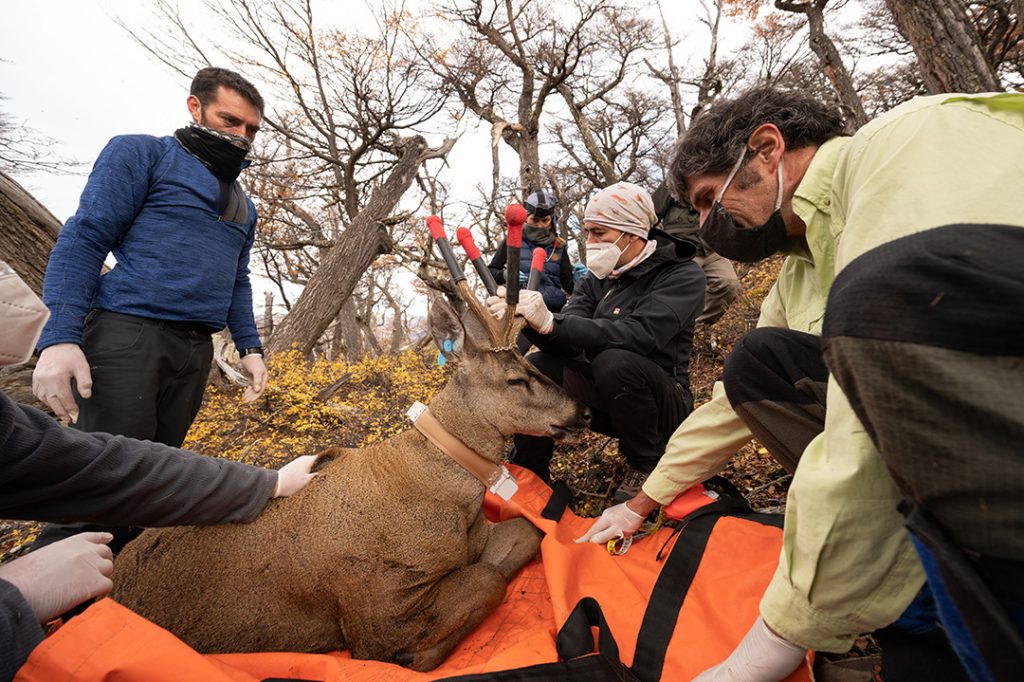
Thus began an unprecedented project: “We captured five huemuls (three females and two males) and fitted them with radio collars equipped with GPS and satellite connectivity to transmit daily location data,” explains biologist Emiliano Donadio, Scientific Director of the Rewilding Argentina Foundation, who led the capture efforts.
“Every two hours, the GPS records the location of each animal and sends the 12 daily data points via satellite to an online interface accessible from our computers. This way, we can track the habitats used by the species in different seasons, their activity patterns, potential migration routes, and their interactions with human presence and man-made structures like fences and roads.”
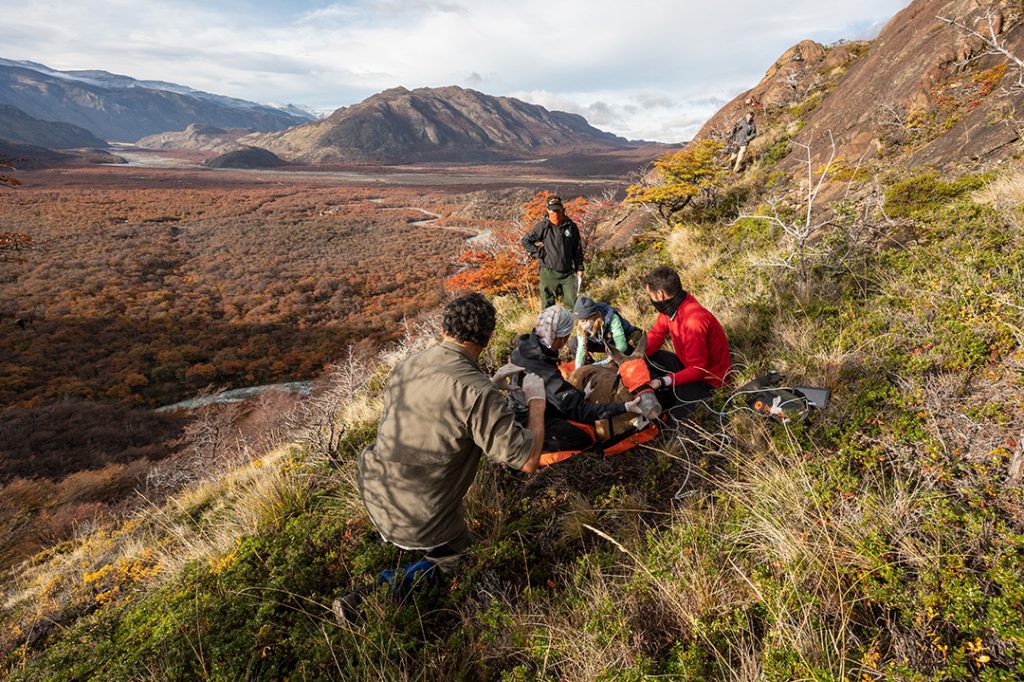
Park ranger Emanuel Galetto, coordinator of the Patagonia Project at the Rewilding Argentina Foundation, expressed satisfaction with the capture results: “All captured animals responded well to the darting technique and anesthesia and are already transmitting valuable satellite data. This information will help us understand why the species continues to decline despite conservation measures and will guide innovative strategies to recover it in Patagonia.”
Initial results using darts and anesthesia to capture huemuls have yielded valuable data that could help explain their decline and propose innovative recovery measures in Patagonia.
The Huilo Huilo Biological Reserve Experience in Chile
A 20-year project developed in Chile’s Huilo Huilo Biological Reserve by Rodolfo Cortés, Executive Director of the Huilo Huilo Foundation. His team has worked to preserve this unique area and restore the ecosystem that once supported huemuls there.
The project focuses on ecosystem recovery, treating the huemul as a keystone species—meaning its protection benefits other species sharing its habitat. It also promotes sustainable tourism, raises awareness about the deer’s plight, and supports local communities.
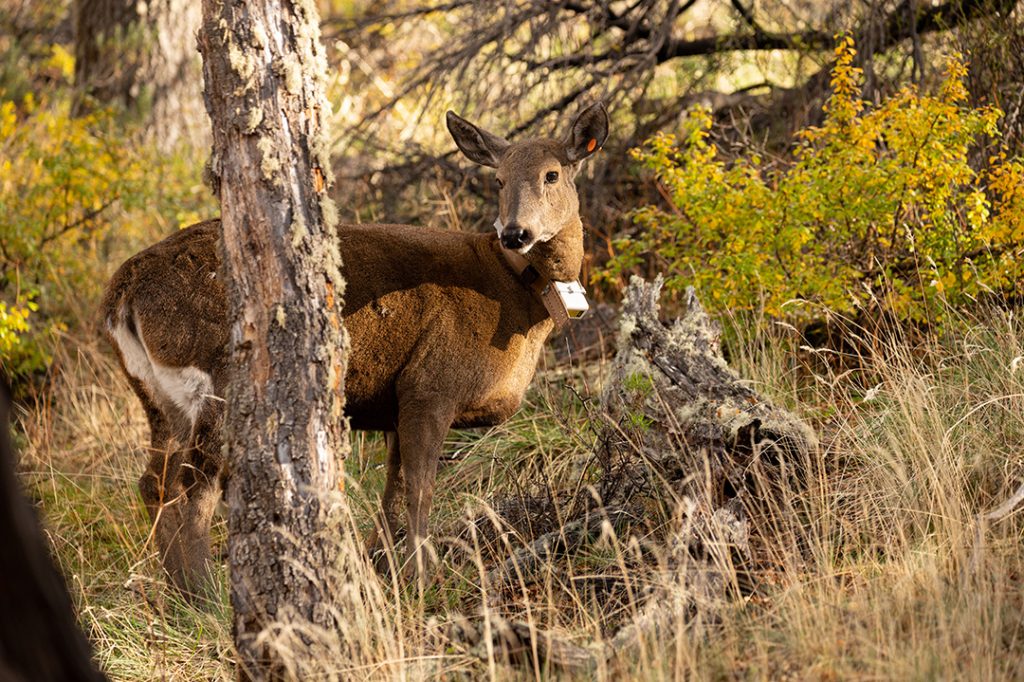
Despite early challenges with captive management, the team successfully relocated huemuls to semi-captive spaces mimicking natural conditions. Cortés recalls: “At first, captive management seemed nearly impossible—every step faced insurmountable obstacles.” Yet the results were encouraging: huemuls successfully bred in captivity.
Reintroducing Huemuls to Their Natural Habitat
Another milestone was their release into the wild. Despite challenges, Cortés celebrates: “Today, we have two complete family groups living freely.” He emphasizes that this project challenges paradigms, proving huemul conservation is feasible. “This model can be replicated across the Andes in Chile and Argentina. With more breeding centers, we could repopulate the region.”
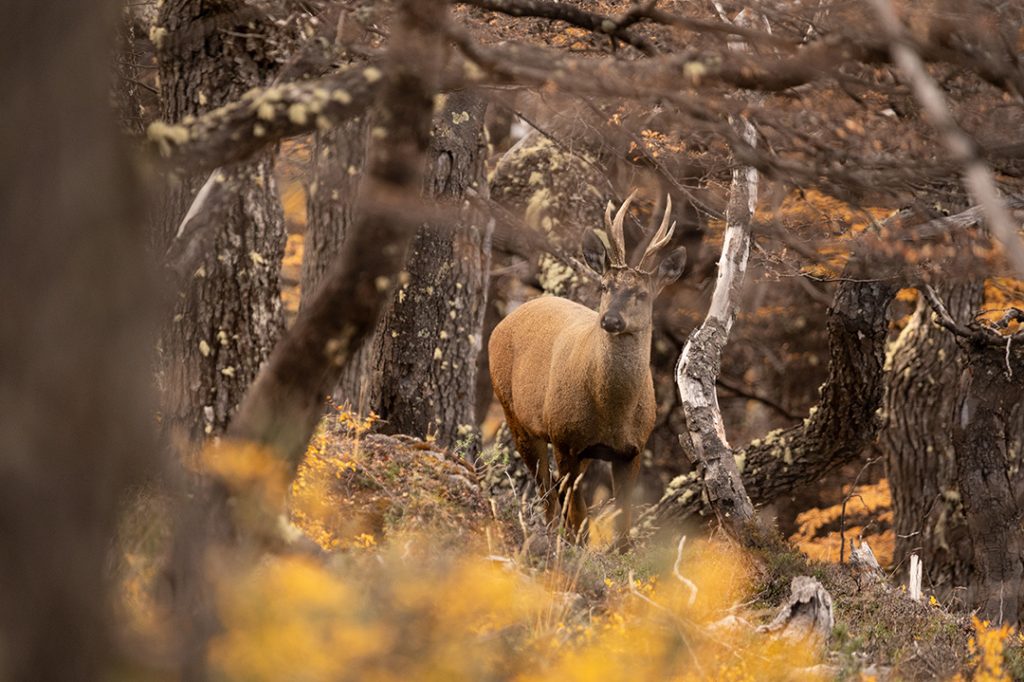
Our Conclusion on Huemul Conservation Projects
Both the Santa Cruz huemul conservation project and the Huilo Huilo Biological Reserve initiative in Chile represent critical efforts for a species with just 1,500 remaining in Argentina and Chile. Collaboration between government agencies, national parks, and specialized foundations offers hope. These projects stand out for their potential to pioneer innovative strategies to protect this endangered emblem of Patagonia.

